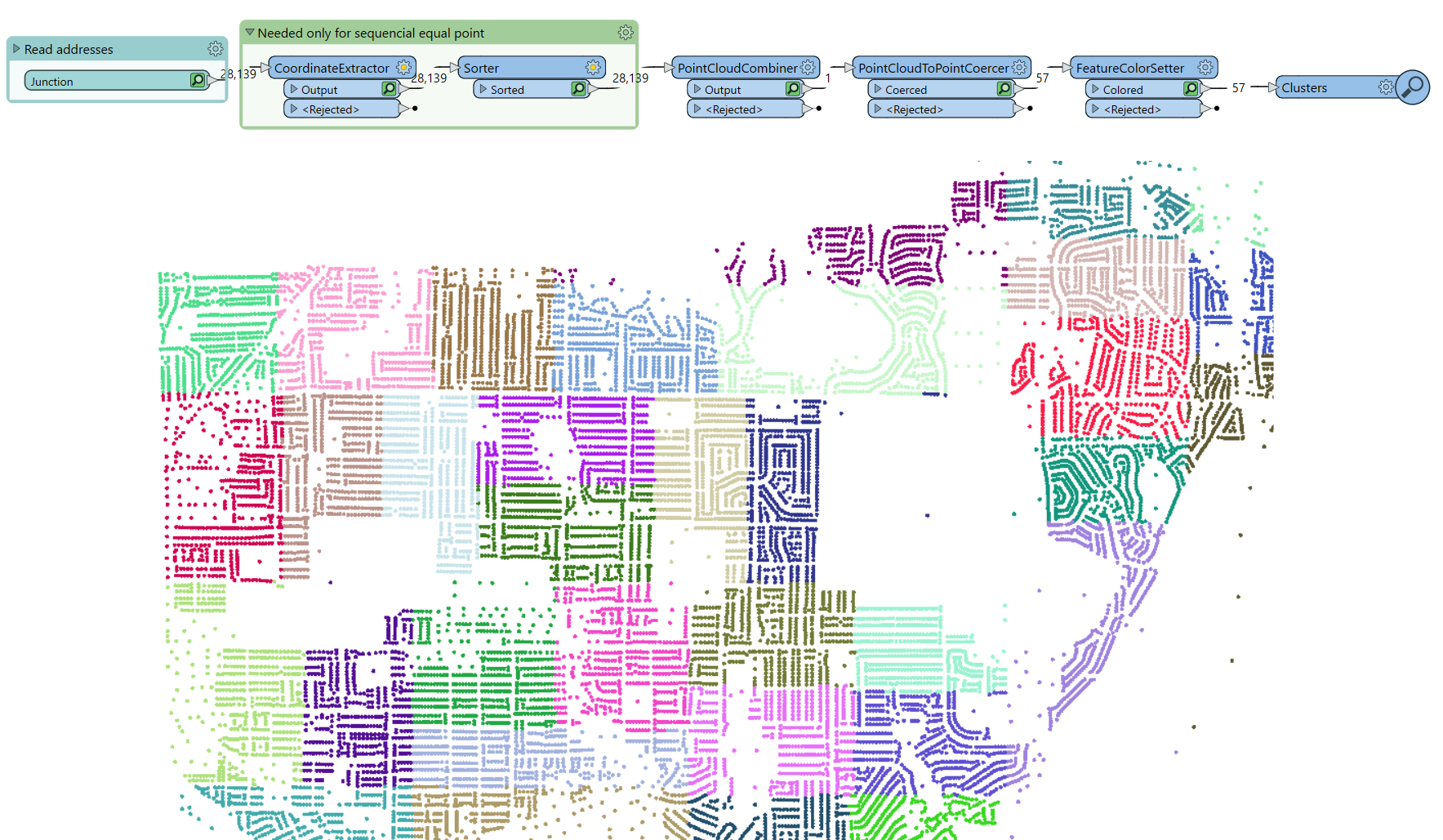Hi,
I have a file of points which correspond to buildings. Each point or building has a number of apartments (total 9000). from this layer, I would like to create zones for every 500 apartments, without intersection. I tried the neighbor finder with sorter assending on the distance then range mapper attributes but the result is not good because I should not have any intersection between the polygons.
Help please :)
Thanks a lot
Best answer by evieatsafe
View original







